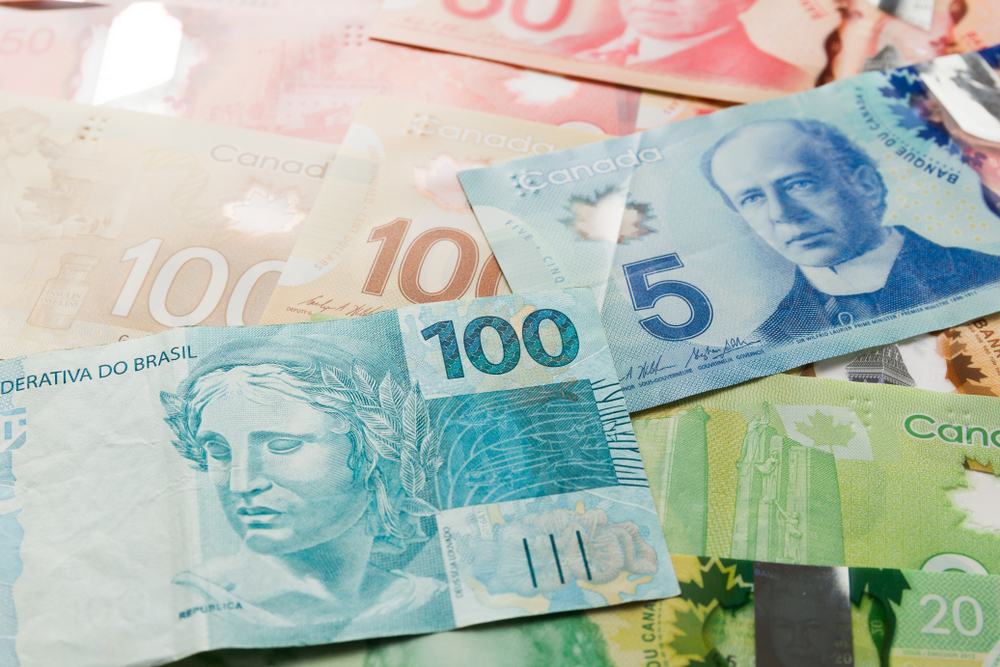Twenty years ago, Brazil’s embattled economy was crawling back from a difficult period, right after a new election, dealing with the mistrust of investors and international turmoil involving emerging markets. Sounds familiar, right?
Although the current situation has many differences, the solutions being sought to boost Brazil’s economy once again closely refer to a structure fully adopted to stop the crisis: the so-called “macroeconomic tripod”. In January of 1999, its last pillar, a floating exchange rate, joined the inflation target regime and fiscal responsibility in an attempt to “stop the bleeding” caused by a capital flight sparked by several crises in fellow emerging markets, and maintain the then-fragile stability provided by the Plano Real.
Established in July 1994, the plan helped to control Brazil’s exponential inflation by introducing a new currency, the Real. By that time, to make sure the plan would work, the foreign exchange rate was controlled by the government and pegged to the U.S. Dollar. In order to maintain this,...


 Search
Search






































